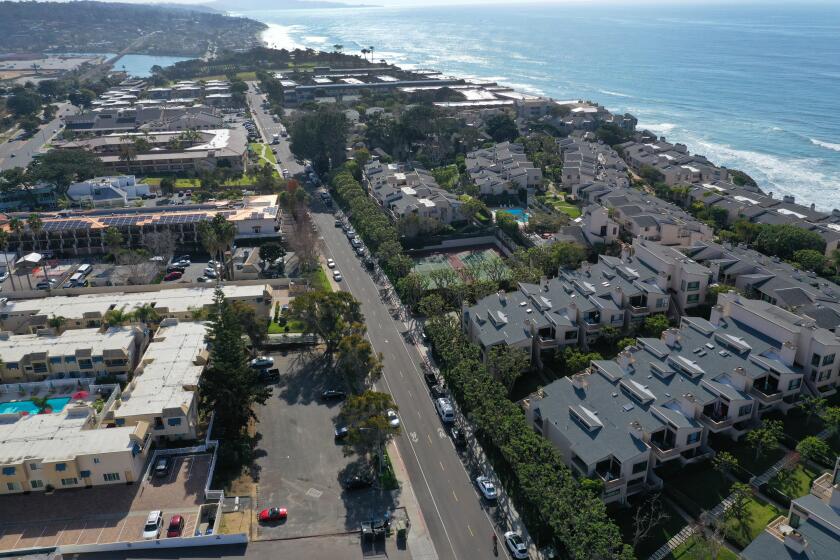Why does it cost so much to build affordable housing in California? How we got the answer

To report this story, The Times obtained affordable housing data from state, federal and academic sources.
The California Tax Credit Allocation Committee provided records for every new affordable housing project that received tax credit funding from 2010 to 2019. The Times entered information from hundreds of final cost certification documents to supplement the state’s database.
Using these final costs and initial cost figures for projects not yet completed, Times reporters calculated the annual statewide per-unit costs and adjusted them for inflation. This analysis showed that the per-unit costs for affordable housing projects have increased 26% during that 10-year time period.
The Times also obtained a database from the U.S. Government Accountability Office that was the basis of its 2018 report on low-income housing tax credits. Using that data, Times reporters estimated that about 12,000 additional affordable housing units could have been built in California if it had the same average project costs as the 11 other state and city housing agencies that were studied.
It costs more to build low-income housing in California than anywhere else in the U.S., and the coronavirus pandemic is likely to make matters worse.
Carolina Reid, faculty research director at UC Berkeley’s Terner Center for Housing Innovation, provided data used in her low-income housing tax credit cost study. The data covered a subset of new affordable housing projects receiving tax credits from 2008 to 2019.
Reporters conducted a multiple regression analysis that found the major drivers of cost included the size of projects, parking structures, union-level wages for construction workers, environmental requirements and the high number of state and local funding sources. The statistical model controlled for those variables as well as where each project was built and the year of the funding application.
The analysis also showed that development impact fees and installing elevators significantly increased cost, and that projects in the Bay Area and Los Angeles, Orange and San Diego counties were more expensive than inland areas in the state.
Times staff writer Ryan Menezes contributed to this report.
More to Read
Sign up for Essential California
The most important California stories and recommendations in your inbox every morning.
You may occasionally receive promotional content from the Los Angeles Times.










